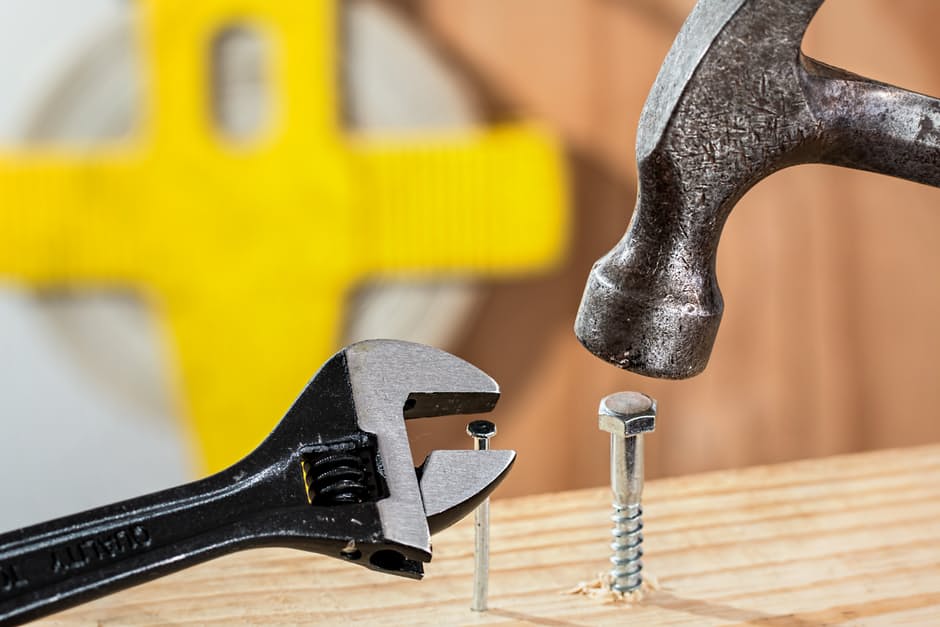Which dwelling to build depends on your end use
 If you’re contemplating adding a granny flat to your investment property or home, you may have come across the option of a cabin or relocatable cabin or dwelling. In terms of which may be best for your needs, think about whether you intend to lease the dwelling as a permanent or long-term rental. If so, granny flats are typically more liveable than cabins, which are smaller and more basic (often designed for weekend of holiday use), and hence generally cost less. Besides the size of the dwelling, however, there are other areas to consider in deciding between a granny flat and a cabin.
If you’re contemplating adding a granny flat to your investment property or home, you may have come across the option of a cabin or relocatable cabin or dwelling. In terms of which may be best for your needs, think about whether you intend to lease the dwelling as a permanent or long-term rental. If so, granny flats are typically more liveable than cabins, which are smaller and more basic (often designed for weekend of holiday use), and hence generally cost less. Besides the size of the dwelling, however, there are other areas to consider in deciding between a granny flat and a cabin.
Flat pack or prefabricated?
Most cabins and granny flats are either entirely or partially prefabricated. That means they’ve been designed and constructed offsite, using the same materials and processes as regular houses, and transported already assembled, or partially so, to your site. From there, the dwelling is connected to the necessary services and the fittings and finishes are completed by the same building company.
Flatpack cabins and granny flats (also known as kit homes) are similar to prefabricated homes in that they’re transported in pieces to a site, except that it’s left to the owner to construct or arrange to have their cabin or granny flat constructed. You must also arrange for services to be connected, fittings to be outfitted and installed, and for finishes (like painting, carpeting, etc) to be completed.
The difference is in the detail
The average flatpack cabin or granny flat will set you back around $20,000, though some are going for as little as $10,000. Again, this is because you’re left with the task of assembling and finishing the dwelling off. Prefabricated cabins range from $50,000 upwards, while granny flats start at around $80,000 (the average cost is between $110,000 and $120,000).
But unless you’re looking at turnkey options, a $110,000 prefabricated granny flat usually only covers the cost of construction, transportation and assembly.
All other costs, such as groundwork, concrete slabs, connection to water and other utilities can be arranged by the building company, but cost extra. You can also choose your own bathroom and kitchen fittings, as well as carpets and painting, at additional costs. The difference, then, in the price of a flatpack or prefabricated dwelling is the assembly and labour costs.
Look for turnkey solutions where possible
A turnkey price should include many of the typical exclusions of a prefabricated granny flat or cabin, such as connection to services, excavation, internal and external finishes, wall tiles and painting, hot water system, and so forth. Most builders don’t advertise turnkey prices, but you can request them when sourcing quotes. This evens the playing field between builders and allows you to accurately compare each quote to ensure you’re getting the best price.
Researching granny flat, prefabricated homes or relocatable home options? ![]() Are you looking to invest in a granny flat or see how viable it is, continue reading our blog or register for our free Granny Flat Investment Spreadsheet and Workbook
Are you looking to invest in a granny flat or see how viable it is, continue reading our blog or register for our free Granny Flat Investment Spreadsheet and Workbook
As seen in..
Our educational blogs are designed to help you understand each of the steps involved in selling your property so whether you choose to work with a real estate agent or do it yourself you'll understand the work involved and be more efficient and aware of what you need to do. Our articles have been seen in these major online news and information portals..

Get genuine and objective information about what's important when selling your property - whether through an agent or by yourself.
Built by 123ezy


